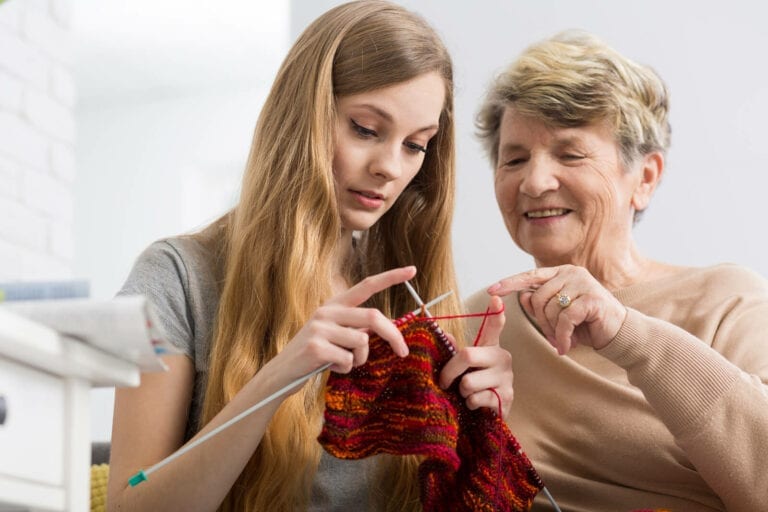Using a bedpan to assist a male or female in using the restroom while lying in bed or a wheelchair is not new. These gadgets provide comfort to bedridden persons recovering from surgery or an injury. Numerous caregivers utilize it to facilitate their work with patients who have difficulty getting out of bed. Therefore, we will supply all the necessary information about fracture bedpan placement and its proper use.
Bedpans are important for those who cannot stand to urinate on their own, as they may be used in a seated or even lying position. Here are the instructions for using a bedpan.
Table of Contents
- What Is a Bedpan?
- What items are required before using a bedpan?
- What is a Fracture bedpan?
- How to use a bedpan?
- Discretionary Use of the Bedpan: Our Last Word
What Is a Bedpan?
Bedpan is used by individuals who cannot reach a toilet due to old age, post-surgery, or any other ailment to relieve themselves from a bed, chair, or wheelchair. These bedpans may be constructed from high-density, soft polymers or stainless steel. Bedpans can be used while lying down or by kneeling over them. They are lightweight, liquid-retentive, and simple to clean. Examine some of the most effective bedpans and urinals from our article. Here we will also discuss fracture bedpan.
What items are required before using a bedpan?
Before using a bedpan, you should have certain items on hand to make things easier. If feasible, fore carers have the following available:
- Disposable gloves
- Toilet paper
- Towel
- Basin with warm water
- Wipes.
Bedpans made of stainless steel can be exceedingly cold.
Stainless steel bedpans can be extremely cold and uncomfortable when touching bare skin. Before allowing your patient or loved one to use the bedpan, you should clean it with some warm water to warm it up. The cold steel will be rapidly warmed by warm water.
What is a Fracture bedpan?
A fracture bedpan is used to slide under a patient while they are seated or lying down. These bedpans have a tapered end that makes placement easier for persons who cannot stand. These bedpans are also quite effective as female urinals.
How to use a bedpan?
You should begin the process by conveying to the patient or loved one that you will assist them using the bedpan. The procedure for how to use a bedpan is as follows:
- Reassure the patient or loved one that everything will go smoothly since you are prepared.
- After washing your hands thoroughly, put on gloves.
- Allow the loved one or patient to have as much privacy as possible by closing the blinds or, if the room is shared, by completing the curtains.
- Protect the sheets if possible: Put down a waterproof protector to apply the patient or loved one on top of the covered sheet. This sheet should support the buttocks.
- Cover the protector with a clean bath towel so that the individual is not lying on the towel or the protector.
- Bedpans can be chilled, so reheat them. Place the bedpan in a sink filled with warm water to preheat it. The bedpan must then be dried.
- Use talcum powder: It will make it easier and more comfortable to slide the bedpan under the patient.
- Place several squares of toilet paper in the bedpan’s base.
- Remove the patient’s underwear now that everything is prepared. If a gown is warm and backless, it is unnecessary to remove the bottoms.
- Have the patient or loved one lie on their back. The proper position for sleeping is with bent knees and flat feet on the mattress.
- Have the family member or patient lie on their back. Knees should be bent, and feet should be flat on the mattress.
- Place the bedpan close to the patient or loved one. This should be as close as feasible to the patient.
- Displace the patient from the bedpan. If the loved one can elevate their hips, you may ask them to do so on the count of three.
- If the patient cannot raise their hips, you need to turn them, so their opposite side faces you. Ensure the patient does not fall out of bed or onto their stomach.
- Place the bedpan under the patient’s or loved one’s buttocks with the curved edge facing the patient’s or loved one’s back. If the individual can raise their hips, you will ask them to lower themselves onto the bedpan. This is an important point about how to use a bedpan.
- If they cannot lift their hips, you must place the bedpan next to their buttocks and gently roll them over the bedpan.
- Ensure the individual’s comfort and supply toilet paper.
- Give the individual their space. Inform them that you will return to check on them in a few minutes.
- After finishing, wash your hands and reapply your gloves.
- Bring warm water, paper towels, and clothing.
- Assist the patient in removing the bedpan in the same manner you assisted in placing it beneath them. Reverse the procedure.
- Purify the patient. You must decide whether patients can clean themselves or if assistance is required. If you must help, do so.
- Once the patient is clean, the covering and towel may be removed.
- Once the patient or loved one is at ease, the bedpan must be cleaned for next use.
Discretionary Use of the Bedpan: Our Last Word
Bedpans are essential for both sexes when people cannot use the lavatory for any reason (old age, surgery, or injury, for example). Millions of people each year rely on the availability of a lightweight and secure gadget that enables them to urinate while seated or lying down.
Urinal bottles are useful for those with mobility issues which cannot access the restroom and those who take frequent road trips and frequently need a way to relieve themselves.
Bedpans and urinals are essential equipment for carers and home users who cannot access the restroom due to mobility issues.
Home Care Near Me. Let’s Get Started!
Get Immediate Help with Information, Costs & Payment Options.







